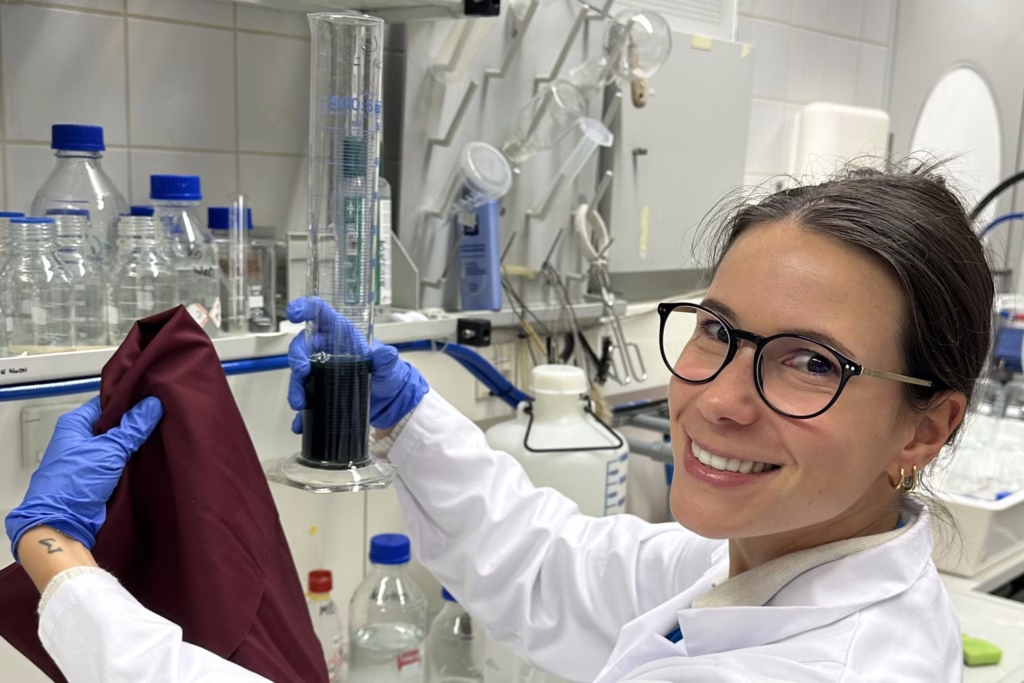
If you’ve ever wondered why recycling polyester clothing is so tricky, the answer is surprisingly simple. Most of the “polyester” fabric we wear isn’t pure polyester at all. It’s usually a blend of polyester and cotton, and that combination has been notoriously tough to break apart. Until now.
The Breakthrough Solvent Behind the Magic
A team from the Vienna University of Technology has come up with a clever new solution that could change the way we recycle blended fabrics. The mixture, created by PhD student Nika Depope, Dr. Andreas Bartl, and their colleagues, is made from just two ingredients you might not expect: menthol and benzoic acid.
Individually, both substances are solid at room temperature. But once they’re heated to about 216 ºC, they transform into what’s known as a deep eutectic solvent. In this liquid form, they become powerful enough to separate polyester from cotton in a matter of minutes.
How the Fabric Separation Works
When polycotton fabric is immersed in this heated solvent, something impressive happens. The polyester dissolves away from the cotton fibers in roughly five minutes. The cotton stays intact and unharmed, which means it can be washed, dried, and reused just as it is. As the solvent cools, the polyester reappears as a solid and can also be recovered for reuse.
In testing so far, the team has managed to recover nearly all of the cotton and an impressive 97 percent of the polyester. That’s a huge win for textile recycling.
Fibers That Stay Strong
One of the most exciting parts of this discovery is that both materials remain essentially unchanged. Dr. Bartl points out that the cotton fibers keep their natural strength and characteristics, so much so that they can be spun into new yarn again. The polyester doesn’t lose its quality either. Its structure and melting temperature stay exactly the same, meaning it’s just as usable as before.
What Comes Next
The scientists aren’t stopping here. Their next goal is to make the process more energy efficient, particularly by lowering the temperature needed to create the solvent. If they succeed, recycling polycotton could become much easier, cheaper, and more sustainable.
This breakthrough brings us one step closer to a future where blended fabrics don’t end up in landfills but instead get a second life.
Source: Vienna University of Technology

